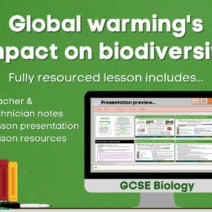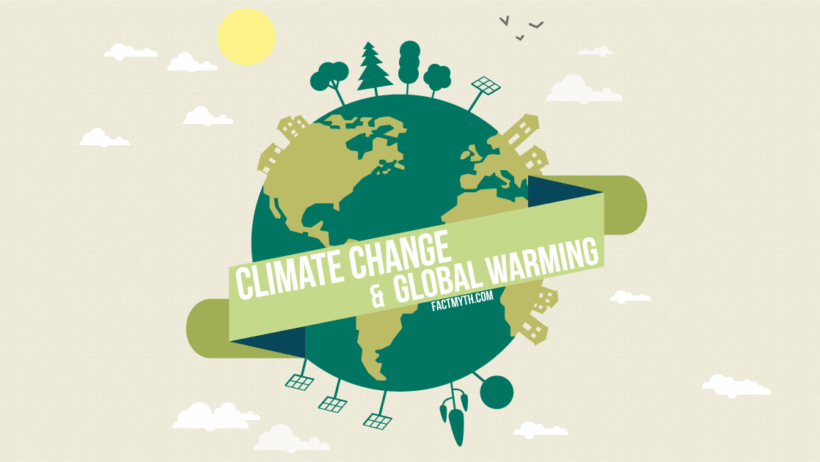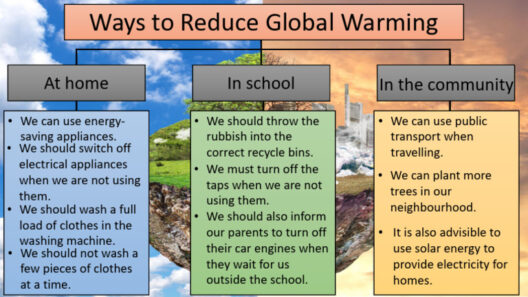As discussions surrounding environmental issues become increasingly prevalent, the terms “global warming” and “climate change” often emerge in conversations. Many use these terms interchangeably, yet they refer to distinct phenomena. Understanding the disparities between these concepts is crucial for grasping the pressing environmental challenges society faces today.
The crux of the misunderstanding lies in recognizing that while all global warming is indeed a form of climate change, not all climate change is necessarily caused by global warming. This intricate relationship warrants a careful examination of the definitions, impacts, and implications associated with each term.
Global warming refers specifically to the long-term increase in Earth’s average surface temperature due to human-made emissions of greenhouse gases. The burning of fossil fuels, deforestation, and various industrial processes contribute to an accumulation of carbon dioxide and other heat-trapping gases in the atmosphere. This rise in temperature has consequences that extend beyond mere warmth, influencing weather patterns and climate systems on a global scale.
Climate change, however, encompasses a broader range of alterations occurring within Earth’s climate system. It includes the variations induced not only by global warming but also by natural factors—a fluctuating sun, volcanic eruptions, and changes in ocean currents, for instance. In essence, climate change captures the entirety of environmental shifts and adaptations, both anthropogenic and natural.
The interplay between global warming and climate change manifests through myriad effects on both natural and human systems.
**The Evidence of Global Warming**
The exhaustive data accumulated over decades paints a clear picture of the onset of global warming. The increase in average temperatures, particularly during the last century, is underscored by comprehensive scientific studies and extensive climate monitoring. NASA and the National Oceanic and Atmospheric Administration (NOAA) have consistently reported rising global temperatures, with recent years setting new records.
This warming trend is attributed to greenhouse gas emissions, primarily from human activities. The importance of recognizing the connection between rising temperatures and severe weather incidents cannot be overstated. Increased temperatures catalyze shifts in precipitation patterns, leading to extreme weather phenomena like hurricanes, droughts, and floods. In turn, these events have dire implications for ecosystems, agriculture, and human health.
Coral reefs are among the most visually striking manifestations of global warming. As ocean temperatures rise, coral bleaching events increase in frequency and intensity, threatening marine biodiversity. The plight of polar regions, where ice sheets and glaciers are rapidly melting, further illustrates the urgency to address global warming.
**The Multifaceted Nature of Climate Change**
Climate change transcends the simplistic narrative of rising temperatures. It embodies a complex tapestry of shifts—from alterations in long-term weather patterns to ocean acidification and detrimental impacts on biodiversity. Each region experiences climate change differently, influenced by geographical, ecological, and socio-economic factors.
For instance, some areas may experience increased precipitation and flooding, while others may endure prolonged droughts and water shortages. This geographical variability complicates the challenges communities face in addressing climate change. Additionally, the socio-economic ramifications are profound: vulnerable populations often bear the brunt of climate-related impacts, exacerbating existing inequalities.
Moreover, climate change adversely affects food security. Agricultural practices must adapt to shifting weather patterns, with implications on crop yields and food quality. In regions where staple crops are sensitive to climatic variations, communities risk facing food scarcity, malnutrition, and heightened prices. Understanding the nuances of climate change is essential to allocate resources and develop adaptive strategies effectively.
**The Implications of Misinformation**
The conflation of climate change and global warming fosters a dangerous misinformation landscape. Skepticism surrounding the existence of human-induced climate change often stems from misunderstanding the terminologies. Education around the distinctions is paramount for fostering informed discussions and taking action.
Moreover, policymakers need a nuanced understanding of both concepts to craft effective climate action plans. Relying solely on global warming statistics may overlook the complexities of climate systems, leading to potential policy oversights. An all-encompassing approach must address both the root causes of global warming and the multifarious effects of climate change—including considerations for social equity and environmental justice.
In addressing challenges associated with climate change and global warming, it is crucial to promote community resilience and adaptive practices. Collaborative initiatives involving local governments, businesses, and civil society can drive innovative solutions, ultimately fostering a sustainable future.
Finally, while individual actions—such as reducing energy consumption and supporting renewable energy sources—are vital, systemic changes at the governmental and corporate levels are essential for mitigating the impacts of climate change. This multifaceted approach requires collective efforts guided by clear understanding of the differences between global warming and climate change.
In summary, the distinction between global warming and climate change is essential for comprehending the environmental issues of our time. By elucidating these terms, individuals and communities can engage in more informed discussions and drive substantive action toward a more sustainable planet. Understanding the nuanced relationship between these concepts prepares society to respond to the monumental challenges ahead, reinforcing the need for coordinated global action.








